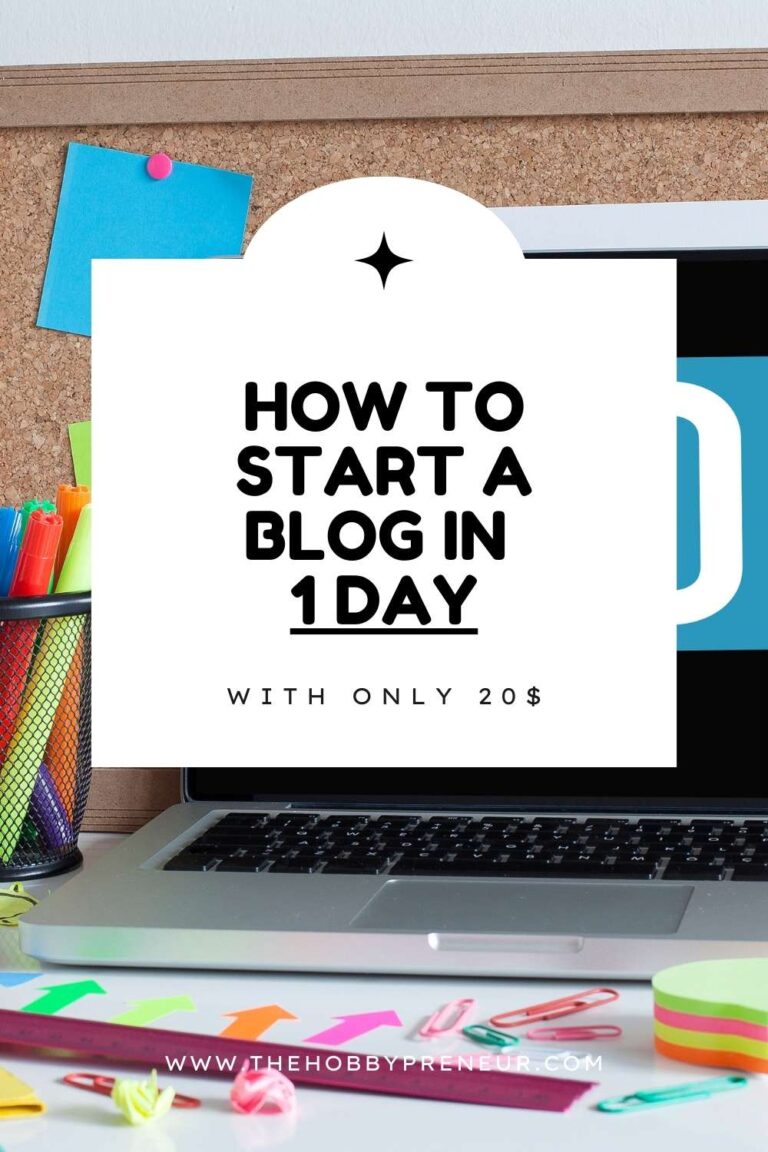SEO Tips for Bloggers for 2024
If you’re looking to grow your blog in 2024, you’ve probably heard the buzz about SEO. But what exactly is SEO, and how can you use it to get more readers? SEO stands for Search Engine Optimization, and it’s all about making your blog posts easier to find on search engines like Google. Here are some up-to-date tips that are working wonders in 2024!

1. Focus on Quality Content
First things first, content is still king. The more valuable and engaging your content, the more likely it is to attract readers and keep them coming back. Write posts that are informative, entertaining, and useful to your audience. Don’t just aim for keywords—aim to solve problems and answer questions.
The best tool to make sure your content is SEO optimized is RankIQ. With RankIQ you can find the best keywords to target and use their content optimization tool to make sure all the relevant keywords are mentioned in your content to give you the best chance to rank higher.
2. Keyword Research
Keywords are the words and phrases that people type into search engines. Doing some keyword research can help you understand what your audience is searching for. Use tools like Keysearch, Google Keyword Planner, Ahrefs, or SEMrush to find relevant keywords with a good search volume but low competition. Incorporate these keywords naturally into your blog posts.
The best online course to learn Keyword Research and SEO is hands-down SEO Jumpstart by Eb Gargano (Productive Blogging). I took 3 whole SEO courses and this one was the one I learned the most from and with the least investment.
3. On-Page SEO
On-page SEO involves optimizing individual blog posts. Here’s what you need to do:
- Title Tags: Make sure your titles are catchy and include your main keyword.
- Meta Descriptions: Write compelling meta descriptions that include your keywords and entice people to click.
- Headings: Use H1, H2, and H3 tags to structure your content. This makes it easier to read and helps search engines understand your content.
- URL Structure: Keep your URLs short and include your main keyword.
4. Mobile Optimization
In 2024, most people are reading blogs on their phones. Make sure your blog is mobile-friendly by using a responsive design. Test your site on different devices to ensure it looks good and loads quickly.
5. Improve Page Speed
Nobody likes a slow website. Use tools like Google PageSpeed Insights to check your blog’s loading time and get tips on how to improve it. Compress images, use a content delivery network (CDN), and minimize JavaScript to boost your site’s speed.
6. Internal and External Links
Linking to other relevant posts on your blog (internal links) and reputable external sites can improve your SEO. Internal links help search engines understand the structure of your site and keep readers on your blog longer. External links show that you’re providing valuable resources and can help build relationships with other bloggers.
7. Voice Search Optimization
With the rise of voice-activated assistants like Siri and Alexa, optimizing for voice search is becoming crucial. Use natural language and long-tail keywords in your content. Think about how people speak their queries and try to answer those questions directly in your blog posts.
8. User Experience (UX)
A good user experience is key to keeping visitors on your site. Make sure your blog is easy to navigate, visually appealing, and free of clutter. Use clear calls-to-action and ensure that your content is easy to read with plenty of white space.
9. Engage with Your Audience
Encourage readers to leave comments and share your posts. Respond to comments to build a community around your blog. Engaging with your audience can increase your blog’s visibility and drive more traffic.
10. Use Analytics
Keep track of your blog’s performance using tools like Google Analytics. Monitor which posts are getting the most traffic, where your visitors are coming from, and how they’re interacting with your content. Use this data to tweak your SEO strategy and improve your blog over time.
11. Regular Updates
Search engines love fresh content. Regularly update your blog with new posts and refresh older content with updated information. This shows search engines that your blog is active and relevant.
The Impact of Google Updates
Let’s talk about something that’s been a major shakeup in the blogging world: Google updates. In recent years, many bloggers saw their traffic drop significantly after Google rolled out its Helpful Content Update (HCU). This update was designed to prioritize high-quality, informative content and reduce the rankings of low-quality or spammy sites. If you were one of the bloggers affected, don’t worry—there’s still hope!
Tips to Recover and Succeed After the HCU
Even if you lost traffic after the HCU, you can still use SEO to achieve successful rankings. Here are some tips to help you bounce back:
- Review and Improve Existing Content: Go through your old posts and update them with fresh, relevant information. Ensure that your content is comprehensive and answers the questions your audience might have.
- Focus on E-A-T: Google values Expertise, Authoritativeness, and Trustworthiness (E-A-T). Establish your authority by creating in-depth content, getting backlinks from reputable sites, and showcasing your credentials and experience.
- Avoid Thin Content: Thin content is low in value and doesn’t provide much information. Make sure your posts are detailed and well-researched, offering real value to your readers.
- User Intent: Understand what your audience is looking for and create content that matches their intent. Whether they’re looking for how-to guides, reviews, or detailed explanations, make sure your content meets their needs.
- Engage and Interact: Keep your audience engaged by responding to comments, asking for feedback, and encouraging social shares. The more engagement your content gets, the better it will perform in search rankings.
- Stay Updated: SEO is constantly evolving, and staying updated with the latest trends and algorithm changes is crucial. Follow SEO blogs, join forums, and participate in webinars to keep your knowledge current.
By following these updated tips and strategies, you can leverage SEO to grow your blog even after setbacks from Google updates. Remember, SEO is a marathon, not a sprint. Keep experimenting, stay patient, and watch your blog thrive!






